The purpose of this Beginning Object-Oriented Programming with JavaScript course is to cover all the new object-oriented features introduced in ECMAScript 2015 and show how to build large-scale web apps that promote scalability, maintainability, and reusability. It is ideal for development teams that are thinking of using JavaScript for full-stack web development so that they only need to worry about one language across the entire stack.
JavaScript is one of the most widely used programming languages in the world. Born as a simple glue between the user and HTML, it has evolved over the years and has acquired an increasingly important role in modern software development. Today, its scope is no longer just the web browser. Now, it also resides on the server, desktop PCs, mobile devices, and even embedded devices.
JavaScript has now become a language to create complex applications. Beginning Object-Oriented Programming with JavaScript course explains how to write robust and efficient code with JavaScript to create scalable and maintainable applications.

 Finland
Finland Germany
Germany Denmark
Denmark Sweden
Sweden Italy
Italy Netherlands
Netherlands Norway
Norway 

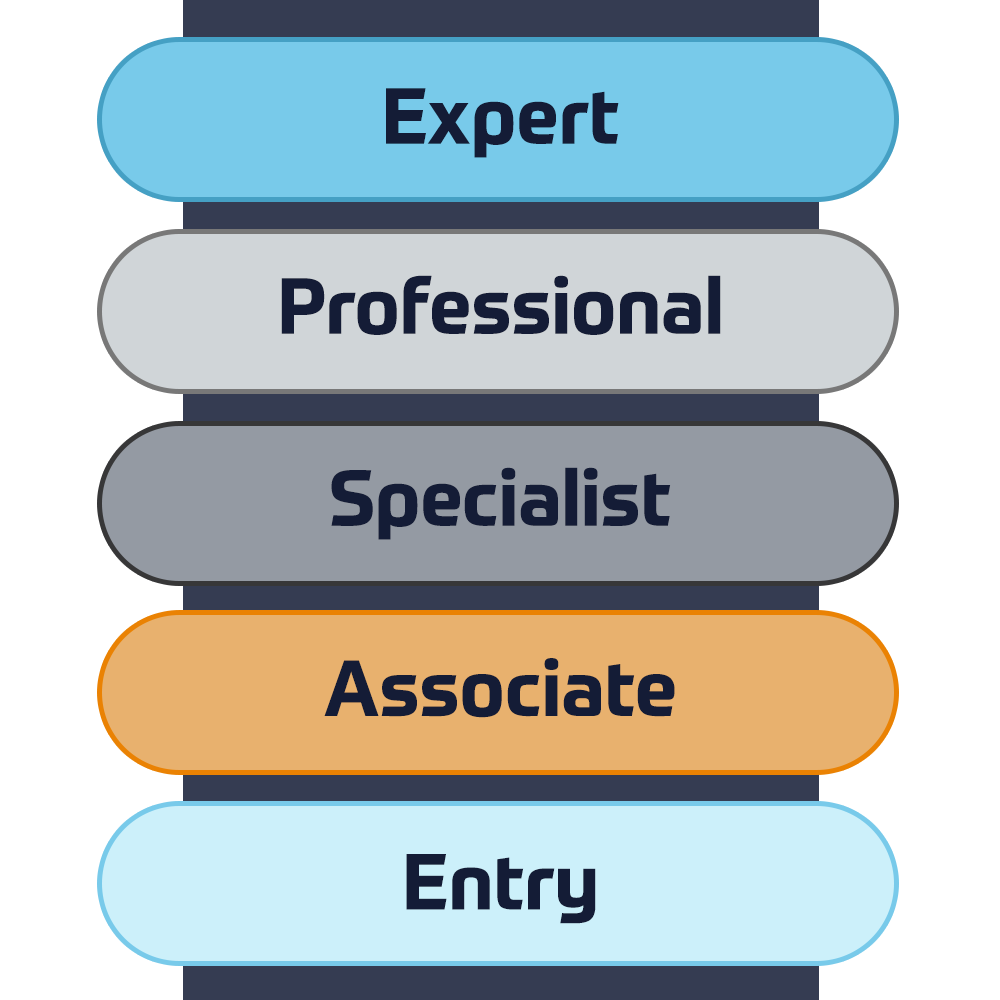




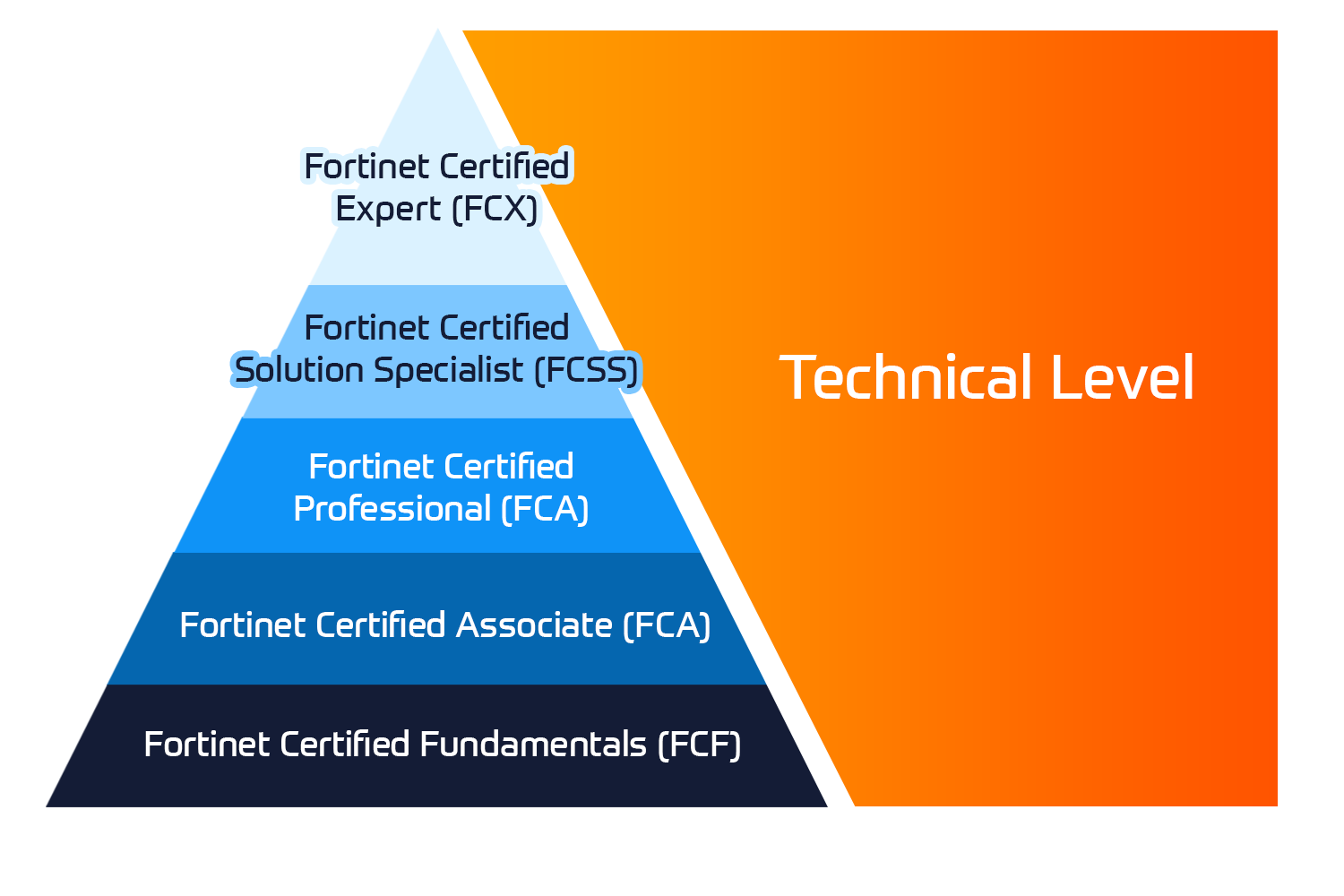



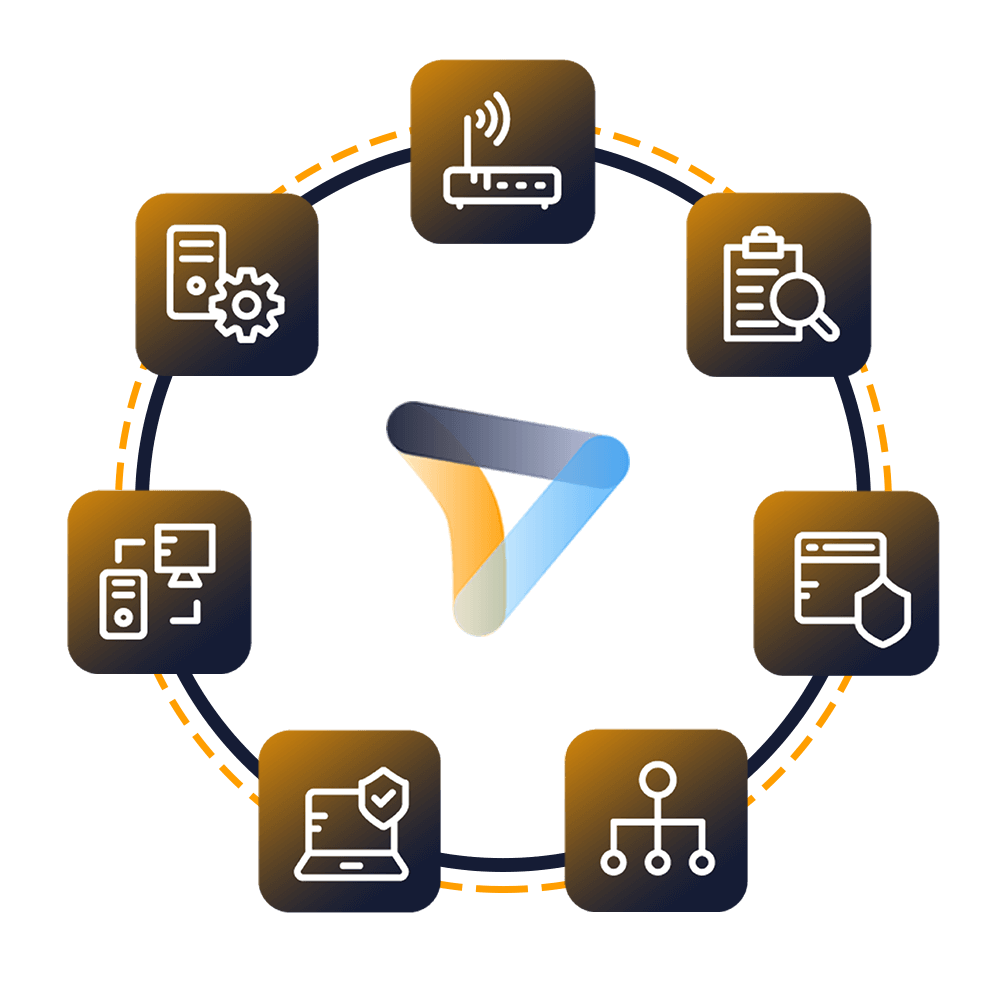




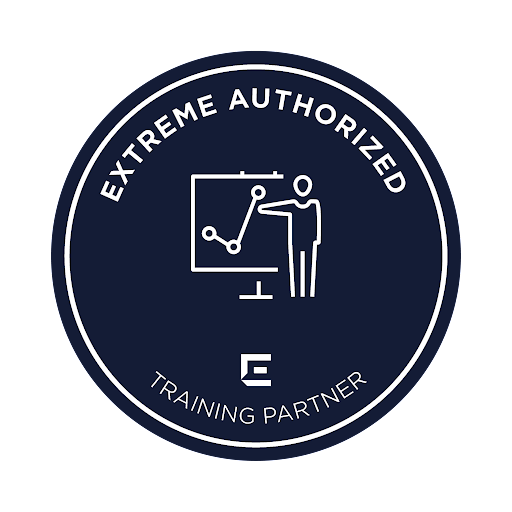








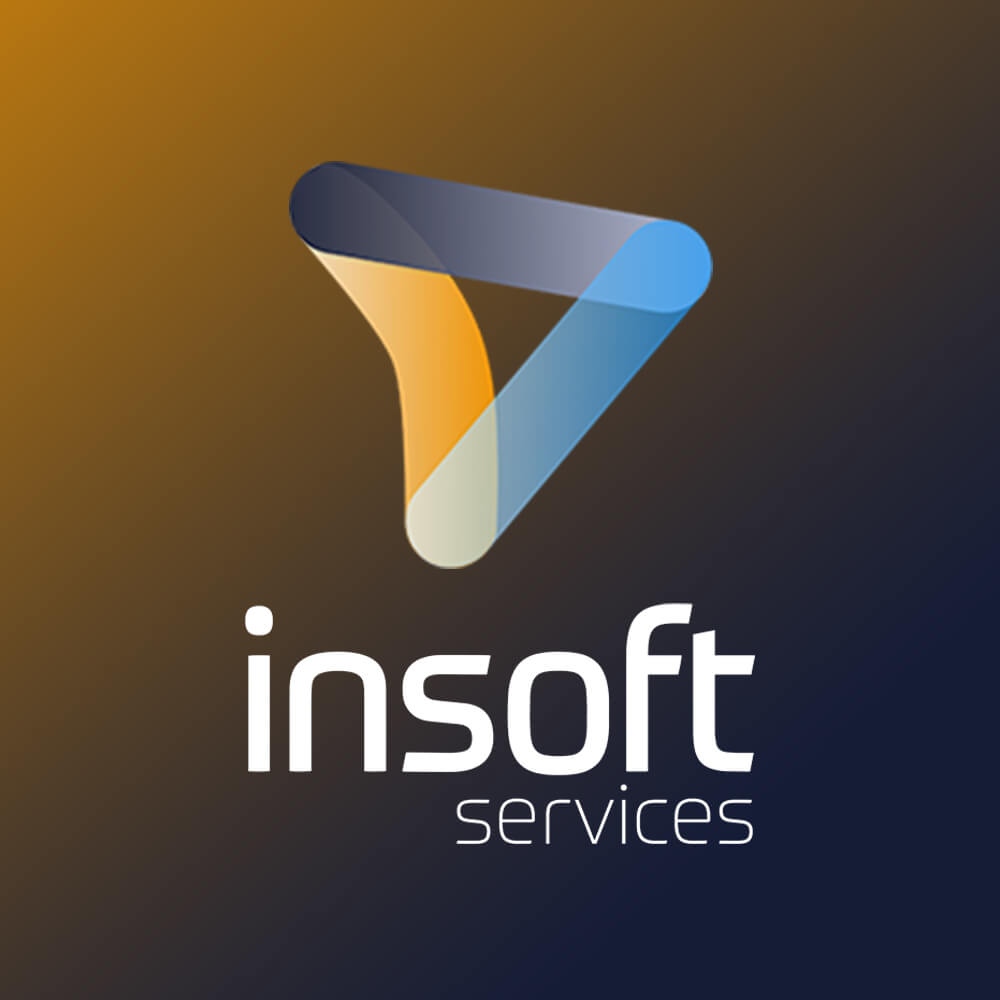

 Duration
Duration  Delivery
Delivery  Price
Price